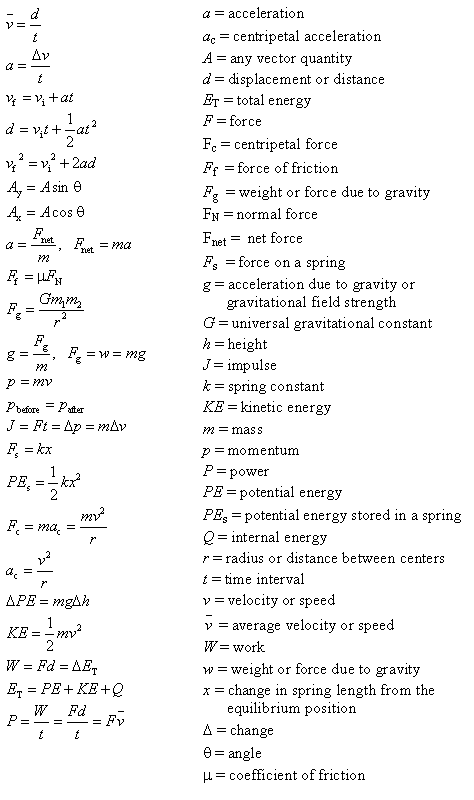
The ray nature of light is used to explain how light refracts at planar and curved surfaces Snell's law and refraction principles are used to explain a variety of real-world phenomena refraction principles are combined with ray diagrams to explain why lenses produce images of objects. The ray nature of light is used to explain how light reflects off of planar and curved surfaces to produce both real and virtual images the nature of the images produced by plane mirrors, concave mirrors, and convex mirrors is thoroughly illustrated. The behavior of light waves is introduced and discussed polarization, color, diffraction and interference are introduced as supporting evidence of the wave nature of light. This database contains over 22,000 line positions, chemical shifts, doublet splittings, and energy separations of photoelectron and Auger-electron spectral lines, and is searchable by element, line type, line energy, and many other variables.

Wave principles of resonance and standing waves are applied in an effort to analyze the physics of musical instruments. NIST X-ray Photoelectron Spectroscopy Database. The nature of sound as a longitudinal, mechanical pressure wave is explained and the properties of sound are discussed. The nature, properties and behaviors of waves are discussed and illustrated the unique nature of a standing wave is introduced and explained.

The variables which cause and hinder the rate of charge flow are explained and the mathematical application of electrical principles to series, parallel and combination circuits is presented. The flow of charge through electric circuits is discussed in detail. Charging methods, electric field lines and the importance of lightning rods on homes are among the topics discussed in this unit. Static Electricityīasic principles of electrostatics are introduced in order to explain how objects become charged and to describe the effect of those charges on other objects in the neighboring surroundings. The mathematics associated with temperature changes and phase changes is discussed its application to the science of calorimetry is presented. The distinction between heat and temperature is thoroughly explained. Newton's Universal Law of Gravitation is then presented and utilized to explain the circular and elliptical motion of planets and satellites. Newton's laws of motion and kinematic principles are applied to describe and explain the motion of objects moving in circles specific applications are made to roller coasters and athletics. Work, Energy, and PowerĬoncepts of work, kinetic energy and potential energy are discussed these concepts are combined with the work-energy theorem to provide a convenient means of analyzing an object or system of objects moving between an initial and final state. The impulse-momentum change theorem and the law of conservation of momentum are introduced, explained and applied to the analysis of explosions and the collisions of objects. Applications include riverboat problems, projectiles, inclined planes, and static equilibrium.

Vector principles and operations are introduced and combined with kinematic principles and Newton's laws to describe, explain and analyze the motion of objects in two dimensions. Vectors - Motion and Forces in Two Dimensions Newton's three laws of motion are explained and their application to the analysis of the motion of objects in one dimension is discussed. The motion of objects in one-dimension are described using words, diagrams, numbers, graphs, and equations.
PHYSICS REFERENCE TABLE PDF
Please ensure that you are using Adobe Acrobat Reader/Professional X or higher prior to attempting to access these secure PDF files.Physics Tutorial The Physics Classroom Topics 1-D Kinematics If you are using an earlier version of Adobe Acrobat Reader/Professional, you will not be able to open the secure PDF files.

Please note: You must use Adobe Acrobat Reader/Professional X or higher to open the secure PDF files of scoring materials.


 0 kommentar(er)
0 kommentar(er)
